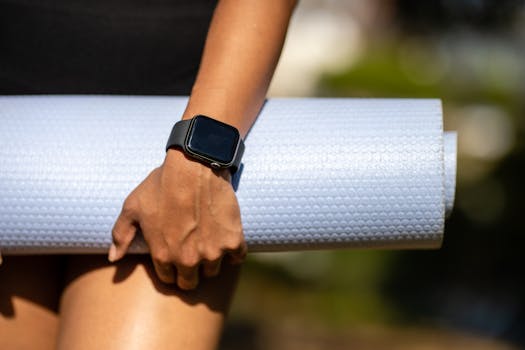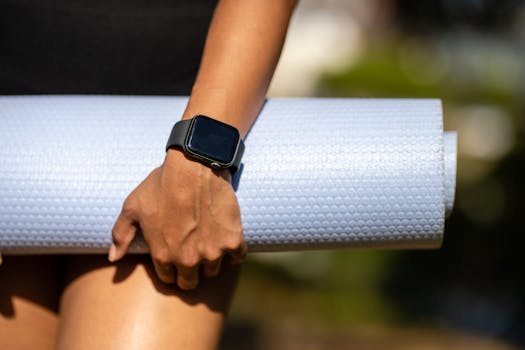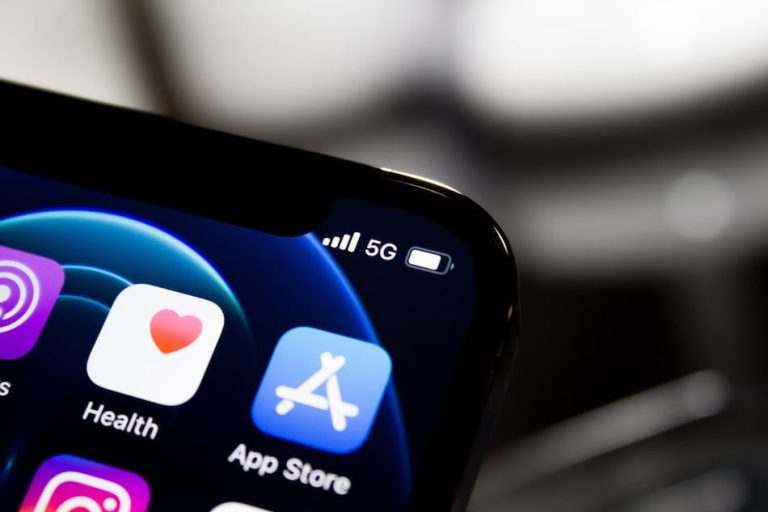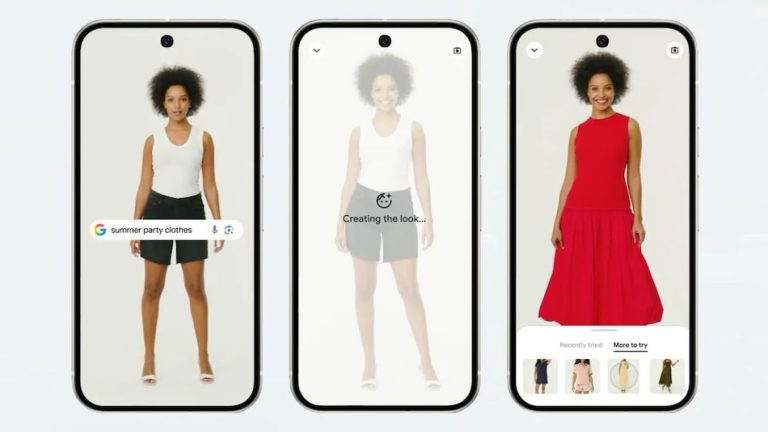
“
The Rise of Biometric Wearables: What 2026 Has in Store
The Rise of Biometric Wearables: What 2026 Has in Store. Biometric wearables have been gaining popularity over the past few years, and it’s easy to see why. These devices have the ability to track our vital signs, monitor our physical activity, and provide us with valuable insights into our overall health and wellness. In this article, we’ll take a closer look at the rise of biometric wearables and what we can expect from them in 2026.
What are Biometric Wearables?

Biometric wearables are devices that use biometric sensors to track and monitor various aspects of our health and wellness. These sensors can include heart rate monitors, GPS tracking, and accelerometers, among others. Biometric wearables can come in many different forms, including smartwatches, fitness trackers, and even smart clothing.
Types of Biometric Wearables

There are several different types of biometric wearables available on the market today. Some of the most popular types include:
- Smartwatches: These devices can track a wide range of biometric data, including heart rate, blood pressure, and physical activity.
- Fitness Trackers: These devices are designed specifically for tracking physical activity and can include features such as step tracking and calories burned.
- Smart Clothing: This type of wearable technology integrates biometric sensors directly into clothing, allowing for seamless tracking of vital signs and physical activity.
Advantages of Biometric Wearables

There are many advantages to using biometric wearables. Some of the most significant benefits include:
- Improved Health and Wellness: Biometric wearables can provide valuable insights into our health and wellness, allowing us to make informed decisions about our lifestyle and habits.
- Increased Motivation: Biometric wearables can be a powerful motivator, encouraging us to stay active and engaged in physical activity.
- Enhanced Safety: Biometric wearables can include features such as fall detection and emergency response, providing an added layer of safety and security.
What to Expect in 2026

As we look to the future, it’s clear that biometric wearables will continue to play a major role in our lives. Some of the trends and advancements we can expect to see in 2026 include:
- Increased Accuracy: Advances in sensor technology will allow for more accurate tracking of biometric data, providing us with a clearer picture of our health and wellness.
- Greater Integration: Biometric wearables will become more integrated with other devices and systems, allowing for seamless sharing of data and insights.
- More Focus on Mental Health: Biometric wearables will begin to place a greater emphasis on mental health, including features such as stress tracking and mood monitoring.
Conclusion

The rise of biometric wearables is an exciting trend that is revolutionizing the way we track our health and wellness. As we look to the future, it’s clear that these devices will continue to play a major role in our lives. With their ability to provide valuable insights, increase motivation, and enhance safety, biometric wearables are an essential tool for anyone looking to take control of their health and wellness. For a deeper understanding of the innovations to come, check out The Future on Your Wrist: Exploring Wearable Tech Innovations of 2026.


